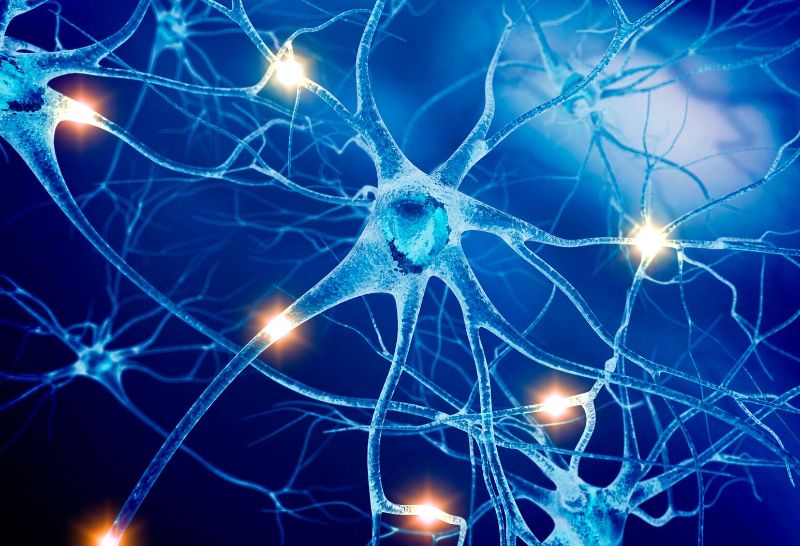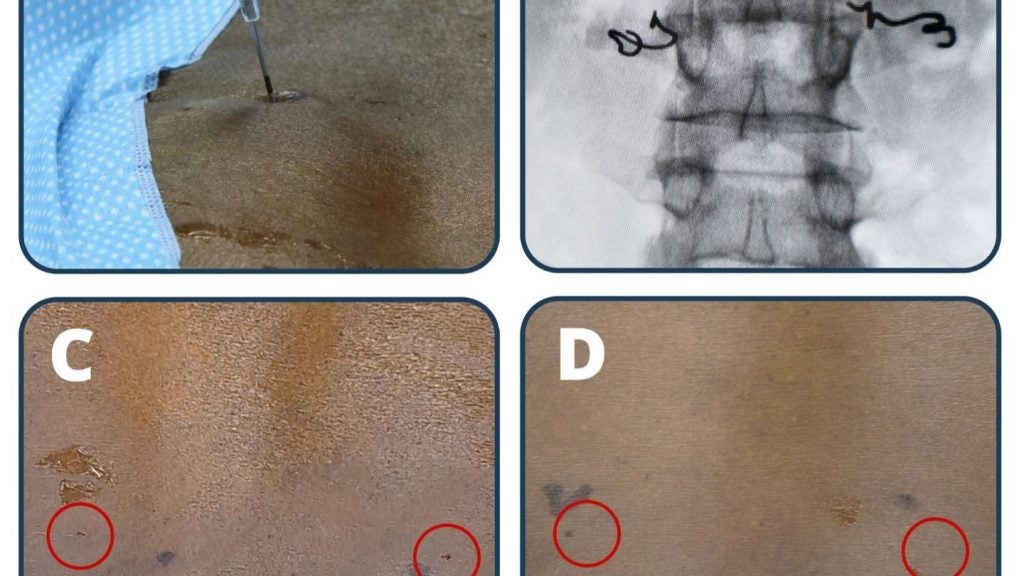
Feinstein Institutes for Medical Research has trialled a new medical device called MyoRegulator for the non-invasive treatment of spasticity in stroke patients.
Developed by PathMaker Neurosystems, MyoRegulator is an investigational device designed to suppress hyperexcitable spinal neurons associated with spasticity.
It delivers simultaneous anodal trans-spinal direct current stimulation (tsDCS) and peripheral nerve direct current stimulation (pDCS) in the paralysed upper limb.
PathMaker initiated the clinical trial to assess the safety and efficacy of the device in alliance with Northwell Health and the Feinstein Institute in April 2016.
Results from the single-blind, crossover study demonstrated that the trans-spinal and peripheral nerve direct current stimulation led to a significant decrease in upper limb spasticity.
The trial enrolled 26 patients with chronic stroke and hemiparesis. Participants received MyoRegulator treatment and sham stimulation for five consecutive days of 20 minutes.
How well do you really know your competitors?
Access the most comprehensive Company Profiles on the market, powered by GlobalData. Save hours of research. Gain competitive edge.

Thank you!
Your download email will arrive shortly
Not ready to buy yet? Download a free sample
We are confident about the unique quality of our Company Profiles. However, we want you to make the most beneficial decision for your business, so we offer a free sample that you can download by submitting the below form
By GlobalDataThis order of the active and sham stimulation varied and was not disclosed to the subjects.
Patients treated with the device experienced a reduction in the upper limb spasticity for up to five weeks, as well as motor function improvements.
Feinstein Institutes professor Bruce Volpe said: “The surprise in these clinical results was the improved motor functions that apparently occurred with the focused treatment only of spasticity. We are eager to start a trial that couples motor training and anti-spasticity treatment.”
According to the researchers, approximately 40% of people who experience a stroke will have spasticity, which is characterised by muscle stiffness and constrained movement of the hands, arms and legs.
The condition may also impact face and throat muscles, and is accompanied by pain in some cases.
Commonly, repetitive activity-dependent learning is used for the treatment of upper limb spasticity. If the condition persists and causes pain, botulinum toxin injection is given as standard-of-care.




